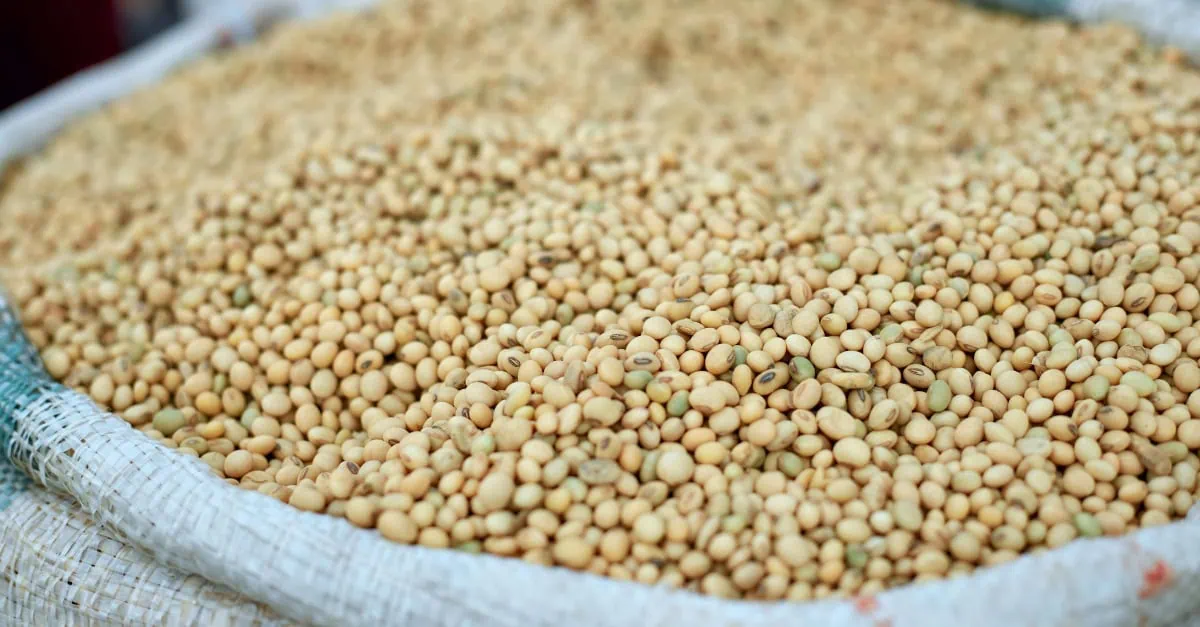Between September 22 and 24, Argentina temporarily suspended export taxes on soybeans, corn, wheat, and their by-products in a move aimed at boosting foreign currency reserves and stabilizing the peso. The brief policy window triggered substantial export activity before levies were automatically reinstated on September 24 after reaching the sales cap under Decree 682/2025.
The tax break led to 1.3 million metric tons of soybean sales to China and 300,000 metric tons of soybean oil sales to India. Argentinian FOB crude soybean oil prices dropped by $30/mt during the tax holiday, while soybean FOB prices declined by $15/mt.
This buying activity undercut U.S. farmers during their peak marketing season, adding to existing concerns about limited Chinese demand for American soybeans. The timing coincided with strong U.S. harvest progress, with USDA revising the U.S. crop upward by 0.23 million metric tons to 117.05 million metric tons.
CBOT soybean oil prices declined to $1,083/mt from $1,084/mt, while CBOT soybeans remained relatively stable around $370/mt. The average CBOT soybean oil price in September reached $1,114/mt, below both August and July levels. Lower Brent crude prices added additional pressure to vegetable oil markets.
However, prices found support as USDA reduced global 2025/26 soybean production by 0.5 million metric tons to 425.9 million metric tons and lowered global ending stocks by 0.9 million metric tons to 124 million metric tons.
Vesper’s machine learning forecasts indicate a bearish outlook for soybean oil, supported by technical analysis showing bearish indicators. Industry analysts suggest that higher biofuel mandates and restrictions on foreign feedstock should support CBOT soybean oil prices once harvest pressure eases after September/October. However, weak Chinese buying and potential soy stock accumulation in the U.S. may cap upside potential. EPA policy remains a significant factor that could reduce demand for soybean oil from the biodiesel sector.
This news article is part of a full market analysis. For the full analysis, go to: app.vespertool.com
